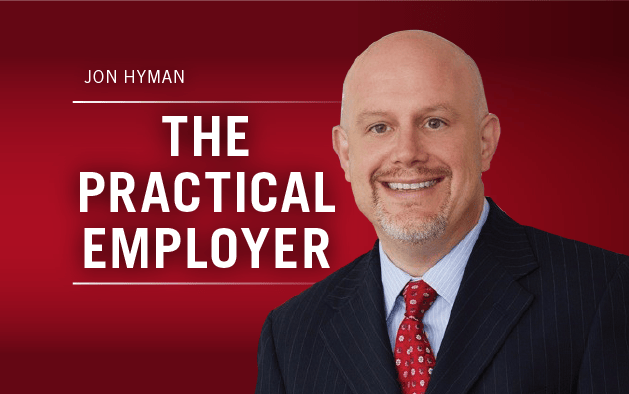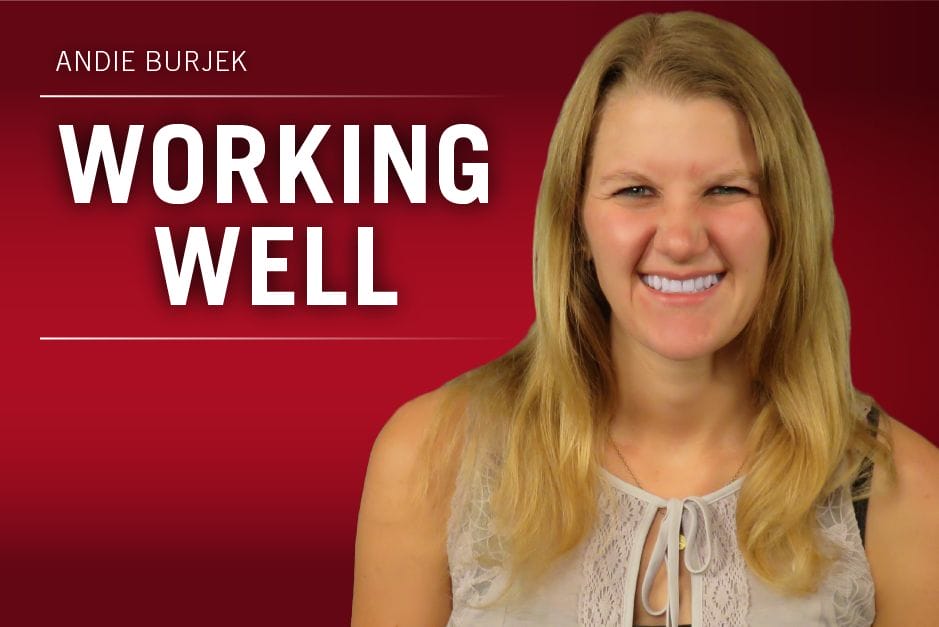I may be the only diversity trainer who is often anti-diversity training.
It’s not because I don’t enjoy what I do. It’s not because I’m no good at it.
It’s because half the leaders who contact me for diversity training don’t need it. Thousands of dollars and dozens of hours are wasted every year on diversity training that has little impact — or makes things worse — because leaders make one of the following four mistakes.
- You’re having a knee-jerk reaction to one or two people’s concerns. A nonprofit CEO contacted me for staff-wide training at the behest of her board because a person of color in a leadership position “made comments.” There was no evidence of other diversity-related problems and she was unwilling to elaborate on the comments (a problem in itself). As sexual harassment and overt white supremacy gain broader visibility, knee-jerk reactions fueled by heightened anxiety are understandable. But while feedback, especially from members of underrepresented groups, should always be taken seriously, taking them seriously doesn’t always mean all-staff training is the next step.
- Instead: Engage in meaningful conversation with those raising concerns to identify wider patterns and get at the root of the problem. The root may be one manager’s leadership skills, or a flaw in systems or procedures. In such cases better accountability, clearer communication, leadership coaching or process change are the appropriate solution, not training.
- You lack meaningful goals for training (or D&I in general). A corporate HR leader requested unconscious bias training to help the firm recruit and retain more people of color. Some stakeholders felt training was long overdue, while others saw no need and resisted efforts. After three years their diversity council had produced no strategic plan or D&I goals. Simply aiming to recruit and retain “diverse people” is an “old school” approach to D&I that doesn’t work, especially when buy-in is low among key stakeholders. Trainers are limited in their ability to create staff buy-in; this must come from leadership.
- Instead: Identify your strategic, mission-critical goals for D&I. Diversity is not a strategic goal, it’s a strategic means to an important end the organization already cares deeply about. Having strategic D&I goals enables leaders to identify the barriers to achieving them. Identifying the barriers equips leaders to break them down effectively and efficiently — and may not require staff training. Also, defining why recruiting and retaining more people of color (or whatever the goal) is necessary to organizational success creates buy-in for training — when the time is right.
- Your leaders aren’t holding people accountable for poor behavior. A leader contacted me for diversity training because a manager was making disparaging comments about Limited English Proficient staff. There were no other concerns raised by staff or complaints about other managers. Training would be a waste of time for everyone not doing inappropriate behaviors, and would not have gotten at the heart of the one manager’s issues.
- Instead: Determine whether the person engaging in poor behavior knows what is expected of them and has the knowledge and skills necessary to deliver. If they do, only consistent accountability from their leadership will solve the problem. If they don’t, individual mentoring or coaching may close the gap, along with an exploration of the organizational breakdown that allowed the gap to occur in the first place (or go unaddressed).
- Your effective processes or previous trainings aren’t hardwired. A top leader in an educational institution contacted me for training to help create a more inclusive environment. Six months before, they’d engaged another trainer whose content was robust, aligned with their goals and applicable to their culture. The school had also invested a great deal of time in creating protocols to increase equity in faculty hiring. However, there had been no post-training implementation plan or follow up from leadership. The hiring protocols weren’t being used consistently and there was no clear procedure or accountability for doing so.
- Instead: Rigorously implement and follow up on identified action items following any training or new procedure rollout. This requires effort up front, but pays off over time in meaningful, sustainable behavioral and organizational change. Investing in more training is a waste of resources and communicates to employees that training and process changes don’t have to be taken seriously.
Training only solves a problem when the problem is lack of essential knowledge or skills. Providing training with no solid foundation for success or when training isn’t needed is poor stewardship of your organization’s resources. It also sets up your D&I efforts to be disregarded as the strategic priority research demonstrates they are.
However, diversity training can be highly effective when:
- You know where your organization is. What are your strengths and weaknesses (in general, not just D&I)? What do your employees and customers say about you? Who is saying what?
- You know where you want to go. What’s the pressing problem you need to solve as an organization, or how do you want to go from good to great?
- An increase in staff or leadership awareness, knowledge and skills is key to getting you where you want to go.
Engaging a skilled diversity trainer that’s also a competent consultant – whether external or internal to your organization – is vital to the mindful planning that will get you D&I results that matter. Don’t fall into the traps of quick action out of fear or treating D&I as anything less than the strategic priority it is.
Susana Rinderle is president of Susana Rinderle Consulting and a trainer, coach, speaker, author and diversity & inclusion expert. Comment below or email editors@workforce.com.








